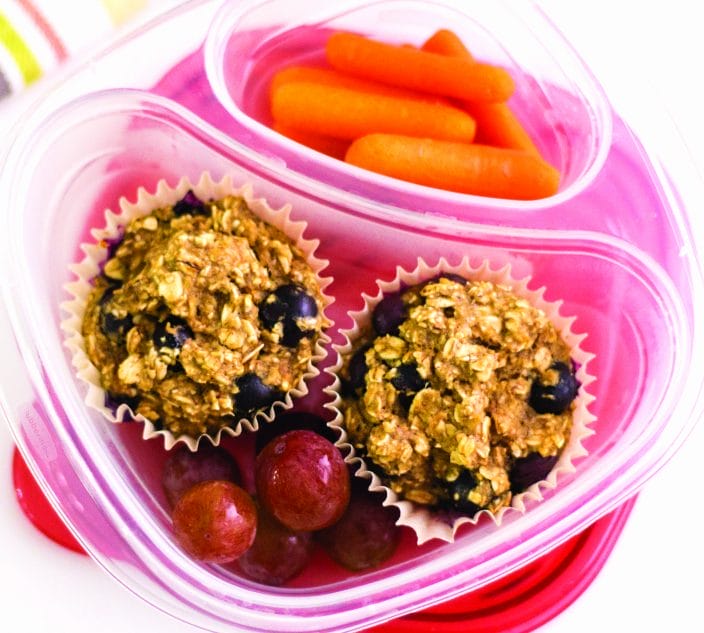 Photo: Getty
Photo: Getty For some, the solution is the “safe snack box,” a stash of safe snacks that parents of an allergic child will provide for times when unsafe food is served in the classroom.
I’ve never been a fan. At my house, if we have four popsicles left and five kids playing, we don’t serve the treats. We would never dream of excluding a child like that. Yet in classrooms across America, exclusion is the rule. In fact, we plan ahead for it. When a teacher asks for a “safe snack box,” you can be sure that your child’s allergens will be served in that classroom.
I believe that if a teacher chooses to serve edible treats in class, they should be safe for the child with food allergies.
I was reminded of how hard this can be in practice when speaking to Amy Roseland, a mother from Iowa. Her son Max, nearly died a few years ago when he was 7, after a forbidden snack landed on his plate at a classroom party. This was despite the fact that she had earlier given the OK to the only food that was supposed to be served.
Max is very fortunate because we know that mistakes with food can be deadly for allergic children and studies show that activities outside the norm, like class parties, present a higher risk for allergic children. With about 8 per cent of children having food allergies, a safe and inclusive party needs to be managed with care.
Know Who’s the Boss
School administrators are responsible for food that is served in the classroom regardless of who buys or bakes it, so start with the teacher or principal. Don’t try to work out accommodations with other parents and event organizers. These are untrained adults who may have no clue about cross-contamination, label reading or the special dietary needs of the class.
Unite Against a Common Enemy
Junk food in the classroom. One-third of our kids are overweight or obese, and most food served in the classroom is loaded with sugar, unhealthy fats and dyes. Public schools in the United States are required to have a “wellness policy” to combat childhood obesity. Many allergy parents have helped to reduce or eliminate cupcakes and other junk food in the classroom by working with their district’s wellness committee.
The Cafeteria is for Eating
When cupcakes, snacks and treats are served, not only is it messy, it contaminates the classroom with food residue. Traces of these allergens are picked up by little fingers and can end up in their mouths or eyes. Although experts say that reactions to such exposures are unlikely to turn life-threatening, our children should be educated in a classroom without such unnecessary risk.
Forgo Treats in Class, Go Food-Free
In theory, parties with food can be done safely but I don’t believe most schools are up to the challenge. Unless you live with food allergies, it’s difficult to understand everything involved in serving safe food. However, it’s easy to be in compliance with school wellness policies, and to include children with diabetes, celiac disease and other special dietary needs when celebrations do not center around food.
But without food, how is it a party? Here are some fun ideas for allergy-friendly, inclusive celebrations:
- My son’s favorite way to celebrate his birthday at school was to fill up a treasure chest (a painted cardboard box will do) with individually wrapped dollar store toys. Each child picks a number and one by one, they come up and select a different toy.
- Purchase a board game or book that is suitable for the class, wrap it, and allow your child to open it at school on his or her birthday. The gift can be donated to the class for all of the students’ benefit. Alternatively, organize with the teacher to buy a movie to stream for the class.
- Buy white T-shirts, canvas stuffed animals or autograph books from the dollar store and a few sets of permanent markers. Every student can create his or her own design and then classmates write a special message to commemorate the occasion on each other’s shirt or book.
- Instead of bags full of candy, parents or teachers can create coupons for “no homework”, “extra recess”, “sit by a friend” or other pre-approved activities.
There are so many ways to celebrate safely in school, and they all have one thing in common: inclusion. We can show them how it’s done. [Article updated: July 2022]
Contributor Gina Clowes is a certified master life coach, who specializes in the needs of parents of children with food allergies. She is the founder of AllergyMoms.com, an online support group serving thousands of families and professional members worldwide.





